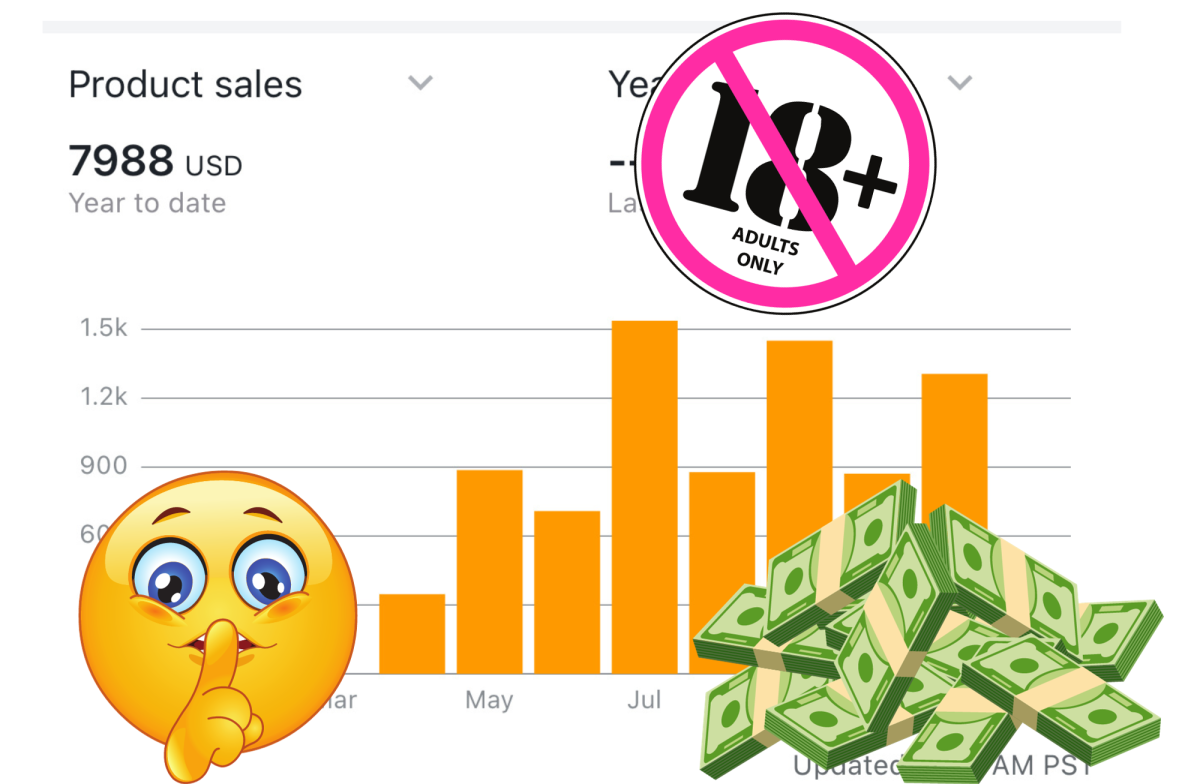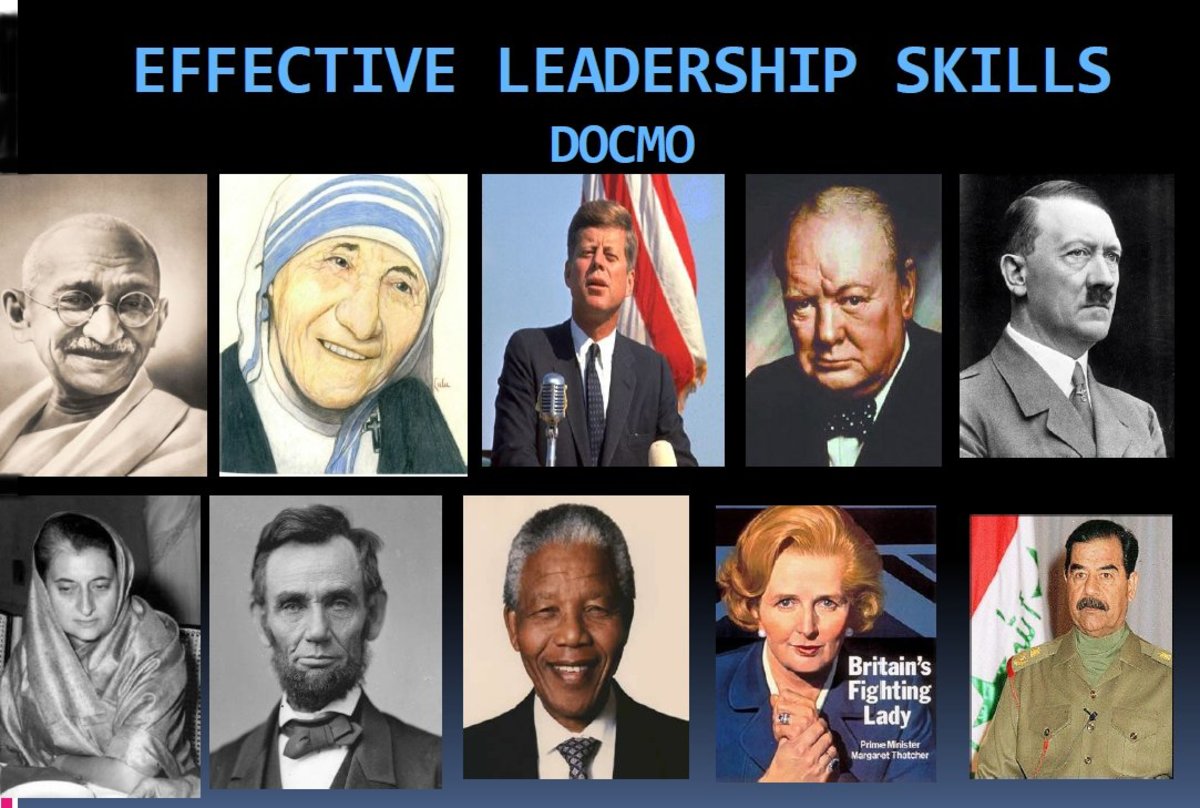Unions in the United States

April, 2010
The United States once thrived on being an industrial economy but that has changed and the service industry now drives its market. The labor unions had a big control in manufacturing and have lost a lot of members due to this change in markets. They also feel that it has contributed to the more recent economic issues as the working class has fallen out of the middle class ranks. The unions have made changes to work better with companies and enter into these news markets along with the government markets and could be making a comeback.
A union is an organization of workers that acts together to protect their interest through collective bargaining. Collective bargaining is the process of negotiation, administration and interpretation of a written agreement usually between the employer and the union called the collective bargaining agreement (Decenzo,). These interests include things like improving wages, hours, and working conditions. There are many different types of workers that belong to unions like mechanics, teachers, factory workers, actors and writers, factory workers, police officers, airline pilots, doctors and many more (Silverman).
The most prominent union in the United States today is actually a federation of 54 member unions called the AFL-CIO and has over 10 million members. Some of the other large unions the United Auto Workers, the Service Employees International Union, the International Brotherhood of Teamsters and the newly formed Change to win federation which covers 7 unions and 6 million members. The International Brotherhood of Teamsters is mostly known for its one time president Jimmy Hoffa who is considered to be either a popular culture icon and yet a symbol of the union ties to organized crime (Silverman).
The major benefit of union membership is having the union negotiate with the employer as one group instead of each individual trying to create their own negotiation. Also when collective bargaining agreements are formed they usually include a process to file a grievance and have an arbitration process to protect the employee for unjust dismissal from the employer unlike most non-union jobs that are considered to be at-will positions that the employee can be fired at any time for almost any reason (Silverman).
The collective bargaining agreements seem to be paying off for the union members. According to a document titled the “Union Advantage by the Numbers” by the AFL-CIO “Union workers get more benefits and earn higher wages than workers who don’t have a voice on the job with a union.” and they shared the following statistics.
Union workers participating in job-provided health insurance 79%
Nonunion workers participating in job-provided health insurance 52%
Union workers are 52 percent more likely than nonunion workers to have job-provided health care
Union workers without health insurance coverage 2.5%
Nonunion workers without health insurance coverage 15%
Nonunion workers are five times more likely to lack health insurance coverage
Union workers participating in guaranteed (defined-benefit) pension plans 77%
Nonunion workers participating in guaranteed (defined-benefit) pension plans 20%
Union workers are 285 percent (nearly three times) more likely than nonunion workers to have defined-benefit pensions
Union workers with paid personal leave 57%
Nonunion workers with paid personal leave 38%
Union workers are 50 percent more likely than nonunion workers to have paid personal leave
Union workers’ average days of paid vacation 15 days
Nonunion workers’ average days of paid vacation 11.75 days
Union paid vacation advantage 28%
Union workers’ median weekly earnings $886
Nonunion workers’ median weekly earnings $691
Union wage advantage 28%
Union women’s median weekly earnings $809
Nonunion women’s median weekly earnings $615
Union wage advantage for women 32%
African American union workers’ median weekly earnings $720
African American nonunion workers’ median weekly earnings $564
Union wage advantage for African Americans 28%
Latino union workers’ median weekly earnings $733
Latino nonunion workers’ median weekly earnings $512
Union wage advantage for Latinos 43%
Asian American union workers’ median weekly earnings $902
Asian American nonunion workers’ median weekly earnings $852
Union wage advantage for Asian Americans 6%
Some feel that the higher wages and additional benefits that union members receive come at a huge cost to consumers since the cost is going to have an effect on the products and services we purchase. James Sherk, a writer for The Heritage Foundation wrote about an example of this in his article titled “Do Americans today still need labor union?” with General Motors. They were paying security and janitor workers a union rate of $75 an hour. When foreign competitors Toyota and Honda entered the market and were able to sell better cars for a cheaper price they nearly forced General Motors to file for bankruptcy union was forced to negotiate new collective bargaining agreements. He feels that it helped close the gap of union and non-union employees. A few examples like this is why many fear union agreements with companies but most unions want both the company and employees to be equally successful.
The AFL-CIO feels that “Unions Are Good for Business, Productivity and the Economy” as they titled a page on their website that contains lots of information about why they do. Unions are associated with higher productivity, lower employee turnover, improved workplace communication, and a better-trained workforce according to Professor Harley Shaiken of the University of California-Berkeley. They added that “there is a substantial amount of academic literature…” that union produce better economic growth, productivity, competiveness, product or service delivery or quality, training, solvency of the firm, workplace health and safety, and economic development.
The economic growth is based on two periods of time. The first is 1945-1973 when a large percentage of workers had unions. Wages were able to keep up rising productivity so the money was widely shared and economic growth was strong. Since 1973 the unions and collective bargaining have declined even though production has continued to increase and they it contributed to the current financial crisis and recession (Unions Are Good).
Studies shared by the AFL-CIO show that union workers are also more productive and have greater product or service delivery or quality. “The available evidence points to a positive and statistically significant association between unions and productivity in the U.S. manufacturing and education sectors, of around 10 and 7 percent, respectively.” but they also added that “unionized establishments are about 22 percent more productive than those that are not.” According to some scholars (Unions Are Good). Nurses that are in unions improve patient care by having better staff to patient rations, limit excessive overtime, and improve on the training they receive according to Professor Paul Clark. Professors Michael Ash and Jean Ann Seago have also seen higher recovery rates in heart attack patients when nurses are unionized. The AFL-CIO says that several studies found positive associations between unionization and the quality of training since unionized companies are more likely to offer training.
A study by American Right at Work looked at the relationship and product quality of General Motors and the United Auto Workers. According to the AFL-CIO, the article summary stated:
“The author examines the system of co-management created through the General Motors-United Auto Workers partnership at the Saturn Corporation…The author credits the union with building a dense communications network throughout Saturn's management system. Compared to non-represented advisors, union advisors showed greater levels of lateral communication and coordination, which had a significant positive impact on quality performance.”
Professor Shaiken also found that the unions help reduce turnover “about one fifth of the union productivity effect stemmed from lower worker turnover. Unions improve communication channels giving workers the ability to improve their conditions short of ‘exiting.’” (Unions Are Good). This can save the company a lot of money in training new employees and loss of production during the transition. The AFL-CIO also shared information from Professors Richard Freeman and Morris Kleinerthat unions had no effect on firm solvency Freeman and conclude “unions do not, on average, drive firms or business lines out of business or produce high displacement rates for unionized workers.”
Union employees and companies are not the only one that benefit from unionization. The gains made by the unions are often spread out to many nonunion employees. A collective bargaining agreement that includes wages, hours, and working conditions may affect the standards in a nonunion shop as it can be used as a base to compare them (Decenzo). Unions have also made life for all Americans. The unions are very active in politics and helped pass laws against child labor, helped create Social Security, protecting workers health and safety, unemployment insurance and minimum wage requirements (Unions 101). They are also proactive in awareness campaigns, government legislation and informing companies about others that use sweatshops so they don’t contract with them (Silverman).
Many people would ask that why if the unions were so successful do they currently only cover just over 12 percent of the workforce? (Decenzo) To better understand this we should look at the history of the unions in the United States.
Although the unions did not have an impact until the 1900’s, the beginning of the can be racked back to the late 1700’s (Decenzo). It is during that time that many unions trace their history back to merchant and craft guilds of medieval Europe. In the guilds workers got together to share their expertise, regulate their trades and focus on politics effecting them. Some of these guilds made it to the United States with immigration. The Industrial Revolution was rapidly expanding and many workers were moving from agriculture work to factories, mines, and hard labor. They faced poor working conditions with health risks, low pay, and long hours. Women and children were also receiving lower pay then men and the government did nothing to interfere. In 1886, Samuel Gompers, a labor leader, brought together some of these craft unions and cigar makers to form the American Federation of Labor (AFL). Later they merged with the Congress of Industrial Organizations (CIO) and formed the AFL-CIO that still exists today (Silverman).
The impact of the 1900’s began in 1935 with the passage of the National Labor Relations Act of 1935 which is also known as the Wagner Act. The Wagner Act became like the” bill or rights” for unions. It gave them legal right to organize and form unions, use collective bargaining, and pursue their objective with employers (Decenzo). By the 1940’s the unions had reached its peak of membership with approximately 36 percent of the workforce belonging to a union, but since then they have seen a steady decline and the major factors can be seen (Decenzo).
In the early 1970’s unions in the private sectors were successful at the bargaining table and the workers were entering the middle class. The unions were experiencing difficulty with public and federal sectors, women, African Americans and the increasing immigrants to join the ranks on the union. Manufacturing jobs were also being replaced for more service industry jobs in the economy. Employment growth was being seen in the wholesale and retail trade, technology, and white collar jobs where the unions has little experience or focus on in the past so they had little success. During the late 1970’s high inflation rates caused layoffs in both the private and public sectors and global competition began to increase. These issues caused the companies to reduce the workforce and reducing wages and an anti-union movement began. Many companies also began to outsource work to other countries to reduce cost (Decenzo).
Many unions experienced a massive decline in membership throughout the 1980s and 1990’s. The United Automotive Workers, the United Steelworkers of America, the United Mine Workers, the Rubber Workers and the Communications Workers unions all lost membership and power. Since bargaining power was decreased, companies would replace workers if the unions did not except offers from management after President Ronald Reagan fired air traffic controllers that were illegally striking so they strike no longer was a weapon the unions could use in bargaining (Decenzo).
These deep drops in membership and support may have many people think that the union is a thing of the past in the United States but they have begun to have a lot of success in the areas they were initially not. Unions have adopted how they work with companies. Instead of the relationship always being built on conflict they have learned that they can help their members more by being more cooperative with management as the case with the Saturn experiment. Unions are now having a wider range of people join the ranks than ever. They recently had success in the growing wireless industry, doctors and nurses, poultry workers, graduate employees, home healthcare aides and a lot more (Unions 101)
The unions have also had a significant increase in membership from the public-sector, were it was initially pretty low. In 1970 only 11 percent of employees in the federal sector, or in state, county, and municipal jurisdictions were union members. This percentage has increased to near 37% (Decenzo) and these white-collar positions now account for 53 percent of all union members (Unions and Professionals).
The unions seem to think they are in the right position for the future. According to an article posted by the AFL-CIO called “Unions and Professionals” they wrote:
Professional workers are confronting increasing challenges to their careers, brought about by rapidly changing technology, the turbulent world economy and new work methods. Like so many other workers, professionals are forming unions to enhance their professional autonomy, to be involved in making the decisions that affect their careers and for greater professional and personal security.
Since the unions are now focused on nontraditional employees, that are employees not in the manufacturing or similar fields, unions have set their sights on companies like Wal-Mart, Target and Kmart.
The unions have shown some pretty convincing data that have had a significant impact on the lives of its members, the companies they bargain with, and even the economy in whole. It also appears that they have had success in implementing changes in their focus to enter the service industries market that had dominated the United States and still control some of the manufacturing footprint they held for a long time like with the automotive industries. They have adopted their ways to show more support for the employer’s success and built a better reputation with some companies. Since we are currently still suffering from high unemployment rates and importing more goods than we are exporting, hopefully the unions will be able to find a way to reach out to the rest of Americans that they are all not corrupt and can do good things for our economy once again.







